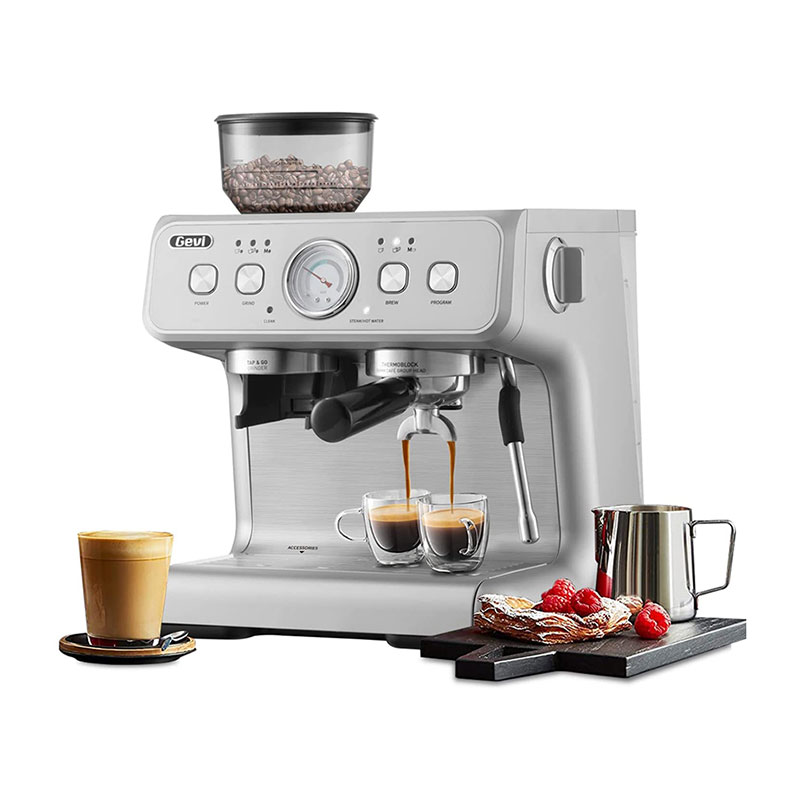Exploring the Espresso Galaxy: A Guide to Different Types of Espresso Machines
2024-02-02
Introduction:
The world of espresso machines is vast and diverse, offering coffee enthusiasts a range of options to suit their preferences and brewing styles. In this blog, we will delve into the various types of espresso machines available on the market and explore the key differences that set them apart.
1. Manual Espresso Machines:
Manual espresso machines, also known as lever espresso machines, are a throwback to the traditional way of making espresso. Operated by hand, these machines give users complete control over the brewing process. By manually pulling a lever, users can regulate the pressure and extraction time, allowing for a personalized and hands-on coffee-making experience.
2. Semi-Automatic Espresso Machines:
Semi-automatic machines strike a balance between manual control and automation. Users have control over the start and stop of the extraction process, but the machine manages the water flow and pressure. This type of espresso machine is popular among home baristas seeking a hands-on approach without the steep learning curve associated with manual machines.
3. Automatic Espresso Machines:
Automatic espresso machines take convenience to the next level. With programmable settings, users can set the machine to control the entire brewing process, from water temperature to the duration of the extraction. This hands-free operation makes automatic machines suitable for busy individuals who crave a consistently great cup of espresso without much effort.
4. Super-Automatic Espresso Machines:
For those who desire the ultimate in convenience, super-automatic espresso machines handle every aspect of the brewing process. From grinding the coffee beans to frothing milk for lattes, these machines are a one-stop solution for a variety of coffee drinks. The user only needs to push a button to enjoy a freshly brewed cup of espresso, making super-automatic machines ideal for busy households or office environments.
5. Single Boiler vs. Double Boiler vs. Heat Exchange Systems:
Espresso machines are equipped with different heating systems, each influencing the brewing process differently. Single boiler machines have one heating element for both brewing and steaming, while double boiler machines have separate boilers for each function, allowing simultaneous brewing and steaming. Heat exchange systems use a single boiler but have a tube that heats the water as it moves from the reservoir to the group head. The choice between these systems depends on the user's preferences and the desired level of control.
Conclusion:
Choosing the right espresso machine involves considering personal preferences, the desired level of control, and the convenience factor. Whether you opt for the hands-on experience of a manual machine, the control of a semi-automatic, or the automation of a super-automatic, each type has its unique charm and caters to a specific audience. Understanding the key differences between these espresso machines empowers coffee enthusiasts to embark on a flavorful journey tailored to their individual tastes.



